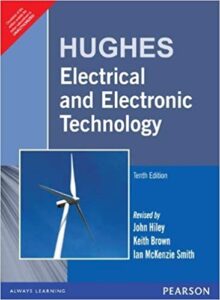

Devices operating at microwave or lower radio frequencies are called masers.

infrared lasers, ultraviolet lasers, X-ray lasers, gamma-ray lasers). Today, all such devices operating at frequencies higher than microwaves are called lasers (e.g.

When similar optical devices were developed they were first known as "optical masers", until "microwave" was replaced by "light" in its acronym, to become "laser". The first device using amplification by stimulated emission operated at microwave frequencies, and was called a maser, for "microwave amplification by stimulated emission of radiation". Semiconductor lasers in the blue to near-UV have also been used in place of light-emitting diodes (LEDs) to excite fluorescence as a white light source this permits a much smaller emitting area due to the much greater radiance of a laser and avoids the droop suffered by LEDs such devices are already used in some car headlamps. Lasers are used in optical disc drives, laser printers, barcode scanners, DNA sequencing instruments, fiber-optic, and free-space optical communication, semiconducting chip manufacturing ( photolithography), laser surgery and skin treatments, cutting and welding materials, military and law enforcement devices for marking targets and measuring range and speed, and in laser lighting displays for entertainment. Alternatively, temporal coherence can be used to produce ultrashort pulses of light with a broad spectrum but durations as short as a femtosecond. Lasers can also have high temporal coherence, which permits them to emit light with a very narrow frequency spectrum. It also allows a laser beam to stay narrow over great distances ( collimation), a feature used in applications such as laser pointers and lidar (light detection and ranging). Spatial coherence allows a laser to be focused to a tight spot, enabling applications such as laser cutting and lithography. Ī laser differs from other sources of light in that it emits light that is coherent. The first laser was built in 1960 by Theodore Maiman at Hughes Research Laboratories, based on theoretical work by Charles H. The word laser is an anacronym that originated as an acronym for light amplification by stimulated emission of radiation. Not to be confused with LazarBeam or Lazer Beam.Ī telescope in the Very Large Telescope system producing four orange laser guide starsĪ laser is a device that emits light through a process of optical amplification based on the stimulated emission of electromagnetic radiation.


 0 kommentar(er)
0 kommentar(er)
